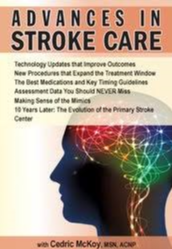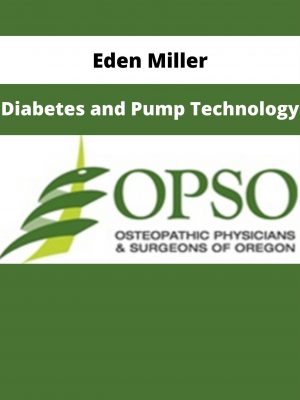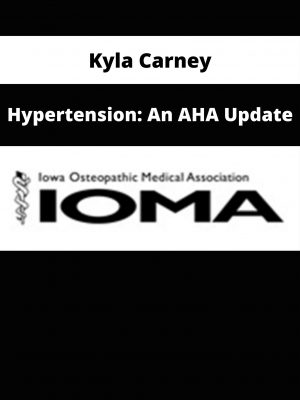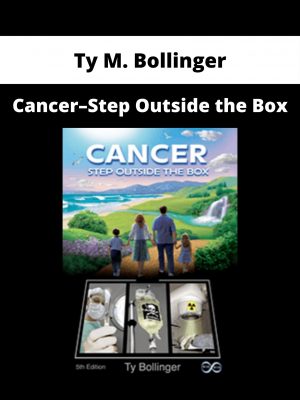Cedric McKoy – Advances in Stroke Care
$219 Original price was: $219.$62Current price is: $62.
Shopping Instructions:
- DISCOUNT 15% : SHOP15
- Product Delivery: Within 1 – 12 hours after purchase.
Register today and be prepared to make the difference between a good and bad outcome when faced with your next stroke emergency.
Cedric McKoy – Advances in Stroke Care
Stroke Prevention Updates
- Guidelines for Modifiable Risk Factors
- Hypertension Recommendations
- Cardiac Connections
- Obesity Epidemic
- Are We Making Progress?
Challenges of the Neuro Exam
- Determining Mental Status
- Cranial Nerve Assessment Key Findings
- Differentiating the Cause When Seconds Count
- NIHSS Guidelines
- Stroke Rapid Response Teams
Identifying Stroke Mimics and Chameleons
- Interpreting Imaging & Other Diagnostics
- Metabolic Problems
- Central Nervous System Problems
- Psychiatric Disorders
- Migraine Headaches
Acute Stroke Care
- The Stroke Timeline
- Critical History Questions
- Hyper-Acute Care Standards
- Time Targets for Triage
- Key Diagnostics
- Acute Blood Pressure Management
Ischemic Strokes
- Thrombotic Strokes
- Major Symptoms by Region
- Hypercoagulable Work-up
- Embolic Strokes
- Symptoms by Arterial Involvement
Current Management Strategies
- Joint Commission Core Measures
- Fluid Management
- Seizure Management
- Intra-Arterial t-PA
- Stenting
- Therapeutic Hypothermia
- Compressive Craniectomy
- Mechanical Clot Retrieval
- MERCI Retriever
- Treatments on the Horizon
- AANN Guidelines & Expected Outcomes
Hemorrhagic Strokes
- Latest Clinical Treatment Advances
- Managing Increased Intracranial Pressure
- Aneurysmal Subarachnoid Hemorrhage
- Grading Scales
Limiting Complications of Stroke
- Controversial Therapies
- Nursing Responsibilities
- New Technology Improving Outcomes
Stroke Medication from A to Z
- Anticoagulants
- Antihypertensives
- Glycemic Control
- Neurostimulants
- Thrombolytics
- Clinical Trials on the Horizon
Expanding the Role of the Primary Stroke Center
- The Transition to Comprehensive Stroke Centers
- Best Demonstrated Practices
- Updates & Improvements More than a Decade Later
Would you like to receive Cedric McKoy – Advances in Stroke Care ?
Description:
- Technology Updates that Improve Outcomes
- New Procedures that Expand the Treatment Window
- The Best Medications and Key Timing Guidelines
- Assessment Data You Should NEVER Miss
- Making Sense of the Mimics
- 10 Years Later: The Evolution of the Primary Stroke Center
52-year-old John presents to the ER reporting that he has a headache that just doesn’t go away and his vision is a little blurry. He is sure it is just another sinus infection. As you are taking his history you notice he is slurring some of his words and suddenly he slumps over. Are you prepared for the emergency that is happening right in front of you? Patients may present with or develop neurological symptoms at any time, making it essential that healthcare providers possess the ability – and the confidence – to quickly assess these changes and intervene appropriately. Stroke patients have a short window for treatment and they depend on your expertise. Join Cedric McKoy, MSN, ACNP, for this in-depth look at the advances in stroke management. Every nurse needs to know these critical concepts in order to provide the best and most up-to-date care to patients and their families. Cedric is well known for his ability to make complex concepts understandable and provides useful tips and tools you can immediately put into practice.
Register today and be prepared to make the difference between a good and bad outcome when faced with your next stroke emergency.
Related products
HEALTH & MEDICAL
HEALTH & MEDICAL
KettleWorX – 8 Week Rapid Evolution Advanced Set with Alex Isaly
HEALTH & MEDICAL
Dr. J.E. Williams & Kevin Gianni – How to Read Your Blood Tests
HEALTH & MEDICAL
HEALTH & MEDICAL
HEALTH & MEDICAL
Bernadette Giorgi – Attitude Ballet & Pilates Fusion – Just B Method
HEALTH & MEDICAL
HEALTH & MEDICAL












